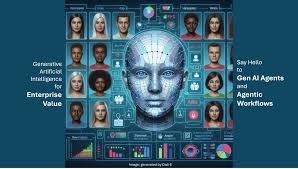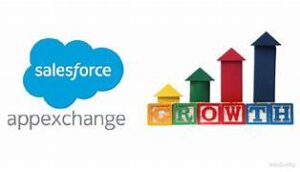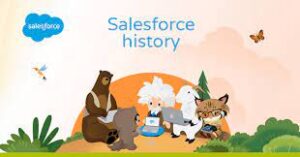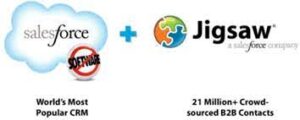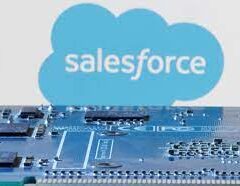Generative AI in Marketing: Balancing Innovation and Risk
Generative AI (gen AI) has become a disruptive force in the marketplace, particularly in marketing, where its ability to create content—from product descriptions to personalized ads—has reshaped strategies. According to Salesforce’s State of Marketing report, which surveyed 5,000 marketers worldwide, implementing AI is now their top priority. Some companies, like Vanguard and Unilever, have already seen measurable benefits, with Vanguard increasing LinkedIn ad conversions by 15% and Unilever cutting customer service response times by 90%.
Yet, despite 96% of marketers planning to adopt gen AI within 18 months, only 32% have fully integrated it into their operations. This gap highlights the challenges of implementation—balancing efficiency with risks like inauthenticity or errors. For instance, Coca-Cola’s AI-generated holiday ad initially drew praise but later faced backlash for its perceived lack of emotional depth.
The Strategic Dilemma: How, Not If, to Use Gen AI
Many Chief Data and Analytics Officers (CDAOs) have yet to formalize gen AI strategies, leading to fragmented experimentation across teams. Based on discussions with over 20 industry leaders, successful adoption hinges on three key decisions:
- Should we use gen AI or traditional analytical AI?
- Do we need custom data inputs for our gen AI model?
- How much human oversight is necessary?
To answer these, companies must assess:
- The task at hand (prediction vs. content creation)
- Data structure (structured vs. unstructured)
- Resource constraints and productivity goals
- Risk tolerance for errors, privacy, and regulatory concerns
Gen AI vs. Analytical AI: Choosing the Right Tool
Analytical AI excels at predictions—forecasting customer behavior, pricing sensitivity, or ad performance. For example, Kia once used IBM Watson to identify brand-aligned influencers, a strategy still relevant today.
Generative AI, on the other hand, creates new content—ads, product descriptions, or customer service responses. While analytical AI predicts what a customer might buy, gen AI crafts the persuasive message around it. The most effective strategies combine both: using analytical AI to identify the “next best offer” and gen AI to personalize the pitch.
Custom vs. General Inputs: Striking the Balance
Gen AI models can be trained on:
- General data (publicly available sources like Wikipedia or social media)
- Custom data (proprietary company information)
- Hybrid approaches (augmenting general models with firm-specific prompts)
For broad applications like customer service chatbots, general models (e.g., ChatGPT) work well. But for brand-specific needs—like ad copy or legal disclaimers—custom-trained models (e.g., BloombergGPT for finance or Jasper for marketing) reduce errors and intellectual property risks.
Human Oversight: How Much Is Enough?
The level of human review depends on risk tolerance:
- Low-risk tasks (e.g., summarizing product reviews) may require no review.
- High-stakes outputs (e.g., legally binding offers) demand rigorous checks.
Air Canada learned this the hard way when its AI chatbot mistakenly promised a bereavement discount—a pledge a court later enforced. While human review slows output, it mitigates costly errors.
A Framework for Implementation
To navigate these trade-offs, marketers can use a quadrant-based approach:
| Input Type | No Human Review | Human Review Required |
|---|---|---|
| General Data | Fast, low cost, high risk | Higher accuracy, slower output |
| (e.g., review summaries) | (e.g., social media posts) | |
| Custom Data | Lower privacy risk, higher cost | Highest accuracy, highest cost |
| (e.g., in-store product locator) | (e.g., SEC filings) |
The Path Forward
Gen AI is not a one-size-fits-all solution. Marketers must weigh speed, cost, accuracy, and risk for each use case. While technology will evolve, today’s landscape demands careful strategy—blending gen AI’s creativity with analytical AI’s precision and human judgment’s reliability.
The question is no longer whether to adopt gen AI, but how to harness its potential without falling prey to its pitfalls. Companies that strike this balance will lead the next wave of marketing innovation.

